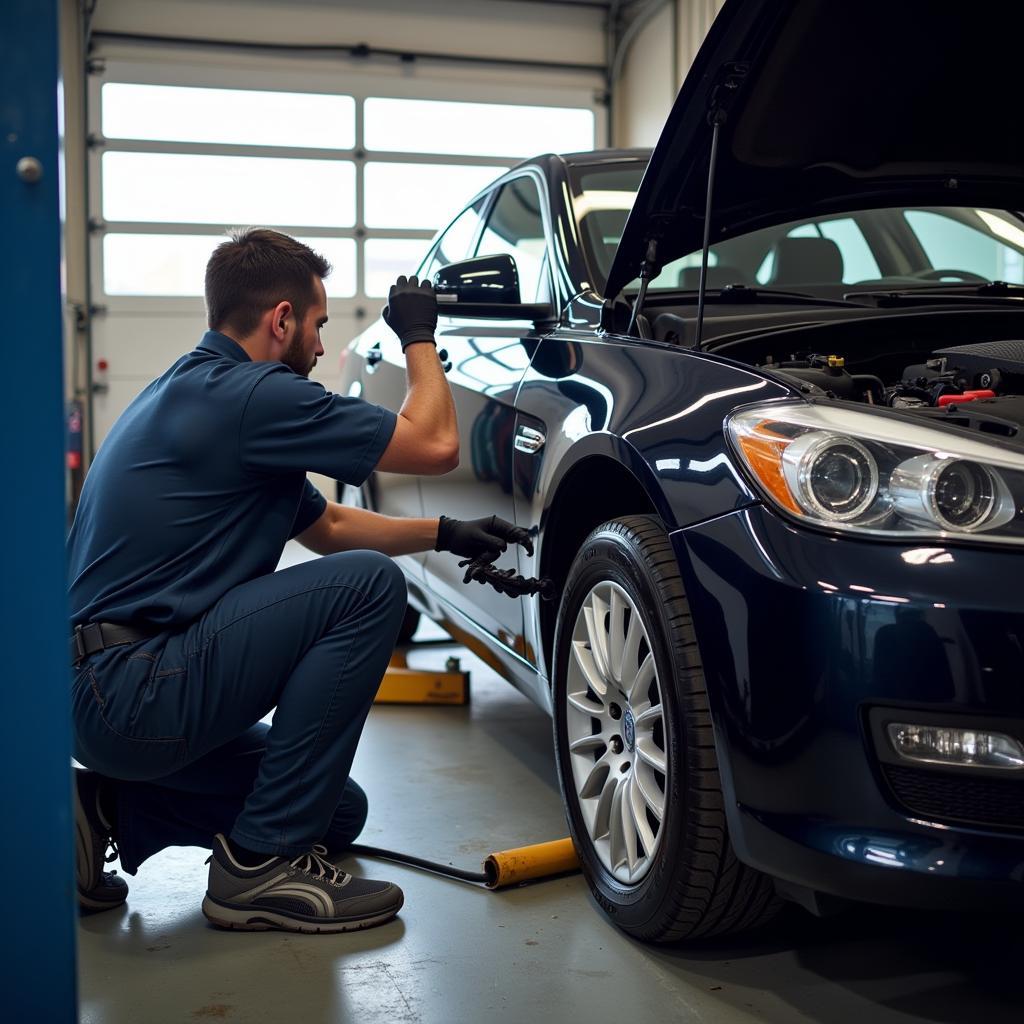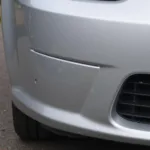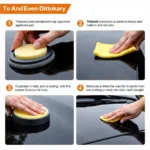Troubleshooting car noises can be frustrating. You hear a strange whirring, clicking, or grinding, and immediately wonder, “What’s wrong with my car?” This is where car diagnostics, especially when dealing with noise sound on car diagnostics, becomes crucial. Identifying the source of these noises quickly and accurately can prevent further damage and save you money in the long run. This guide will delve into the world of car diagnostics, specifically focusing on how to interpret those mysterious noises and pinpoint their origin.
Understanding the Symphony of Sounds: Different Types of Car Noises
Car noises come in a wide variety of forms, each potentially signaling a different issue. Some of the most common noises include:
- Clicking: This can indicate problems with the CV joints, valves, or even something as simple as a loose rock in the tire tread.
- Grinding: Often associated with brake pad wear, grinding can also be a sign of transmission or wheel bearing problems.
- Squealing: A high-pitched squeal is typically linked to worn-out belts or bearings.
- Whirring: This noise can stem from various sources, including the power steering pump, alternator, or even a failing water pump.
- Knocking: A knocking sound, especially when accelerating, often points to problems with the engine, such as rod knock or detonation.
- Hissing: Hissing sounds can indicate leaks in the cooling system, vacuum lines, or even the air conditioning system.
Harnessing the Power of Car Diagnostics: From Noise to Solution
Modern car diagnostics rely heavily on the On-Board Diagnostics (OBD-II) system. This system stores diagnostic trouble codes (DTCs) that provide valuable clues about the potential source of the problem. While the OBD-II system is incredibly useful, it’s not a magic bullet. It can pinpoint the general area of concern, but further investigation is often needed to identify the exact cause of the noise sound on car diagnostics.
Using OBD-II Scanners to Diagnose Car Noises
OBD-II scanners can be a valuable tool in diagnosing car noises. While they don’t directly “hear” the noise, they can detect issues that might be causing it. For example, a misfire code could explain a knocking sound, or a low voltage code might indicate a failing alternator causing a whining noise.
Beyond the Scanner: Other Diagnostic Techniques
Sometimes, the noise sound on car diagnostics requires a more hands-on approach. A mechanic might use a stethoscope to pinpoint the location of the noise. Visual inspection of components, such as belts, hoses, and brake pads, is also crucial.
What to Expect at a Car Repair Shop
When you bring your car to a repair shop for noise sound on car diagnostics, the mechanic will typically follow a specific process:
- Information Gathering: The mechanic will ask you to describe the noise, when it occurs, and any other relevant information.
- Visual Inspection: A thorough visual inspection of the vehicle will be conducted to look for any obvious signs of damage or wear.
- Diagnostic Testing: This might include using an OBD-II scanner, a stethoscope, or other specialized tools.
- Diagnosis and Repair Recommendation: Once the source of the noise is identified, the mechanic will explain the problem and recommend the necessary repairs.
Preventing Future Noises: Regular Maintenance is Key
Regular maintenance is the best way to prevent many car noises and potential problems. This includes:
- Regular oil changes
- Brake inspections
- Tire rotations and pressure checks
- Belt and hose inspections
“Regular maintenance is like brushing your teeth for your car,” says John Smith, ASE Certified Master Technician at Smith Automotive. “It prevents small problems from becoming big, expensive headaches.”
 Car Undergoing Routine Maintenance
Car Undergoing Routine Maintenance
Conclusion: Don’t Ignore Those Noises!
Noise sound on car diagnostics can be a valuable clue to underlying issues with your vehicle. Ignoring these noises can lead to more serious and costly repairs down the line. Utilizing car diagnostics and seeking professional help when needed can ensure your car runs smoothly and safely for years to come.
FAQ
- What does a clicking noise mean? Clicking noises can be caused by a variety of issues, from CV joints to loose rocks in your tires.
- How can I diagnose car noises myself? While you can try some basic troubleshooting, it’s best to consult a professional mechanic for accurate diagnosis.
- Why is my car making a grinding noise? Grinding noises often indicate problems with brakes, transmission, or wheel bearings.
- What is an OBD-II scanner? An OBD-II scanner is a tool used to read diagnostic trouble codes from your car’s computer.
- How can I prevent car noises? Regular maintenance is the key to preventing many car noises and problems.
Common Noise Scenarios
- Scenario 1: Car makes a squealing noise when starting – likely a worn-out serpentine belt.
- Scenario 2: Grinding noise when braking – likely worn brake pads.
- Scenario 3: Clicking noise when turning – likely a CV joint issue.
Further Reading
- How to Check Your Car’s Fluids
- Understanding Your Car’s Dashboard Warning Lights
- The Importance of Tire Rotation
When you need assistance, please contact us via WhatsApp: +1(641)206-8880, Email: [email protected]. We have a 24/7 customer support team ready to help.


